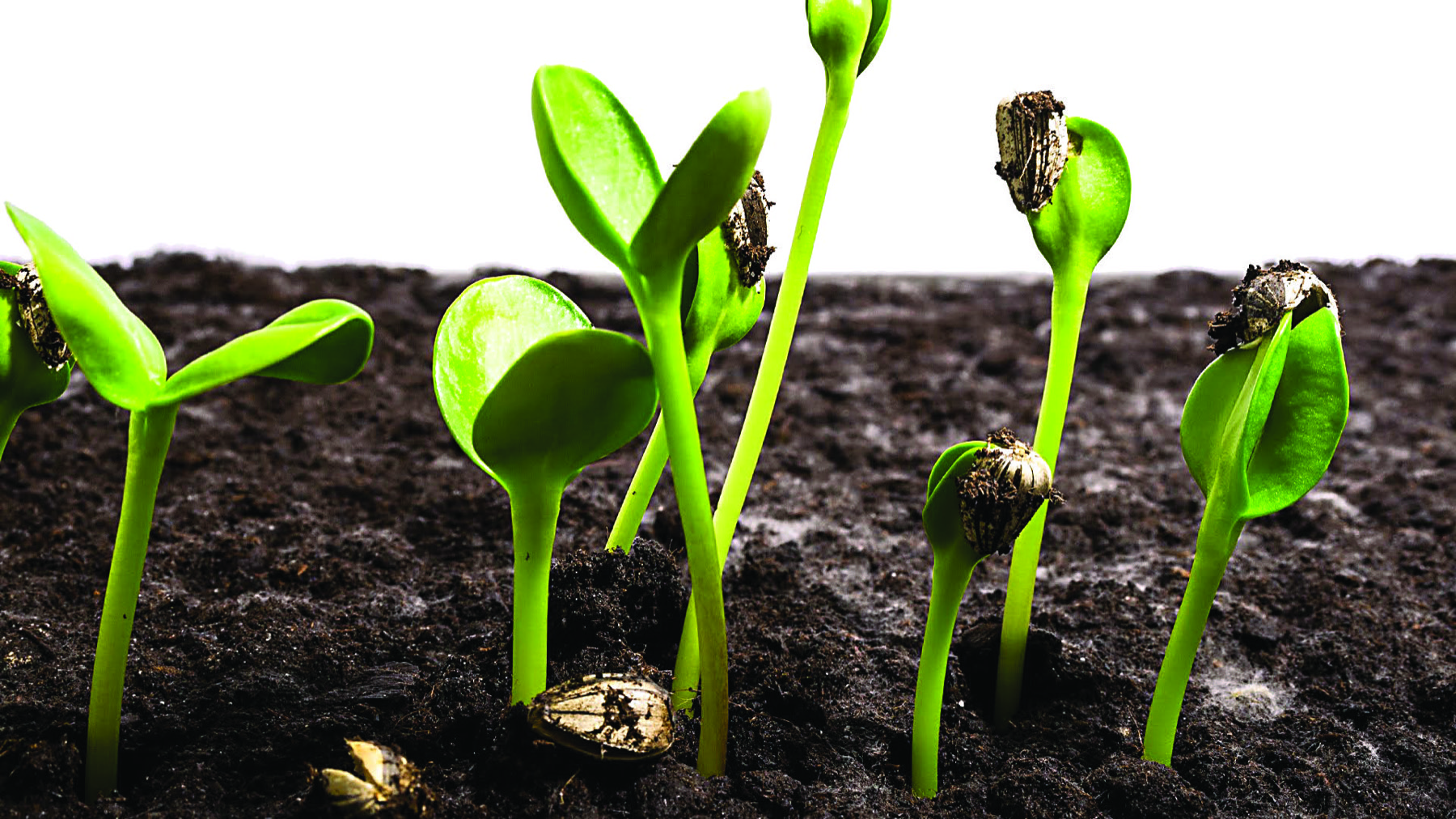
THE SUMMER SOLSTICE WAS JUNE 21, marking the first day of summer and the longest day of the year in the Northern Hemisphere. In Jewish lore, the summer solstice is thought to be a day when, for a moment, we lose our shadows. I take this to mean that we lose our shadows because we all stand temporarily in darkness at times in our lives. The good news is that the appreciation of the good times is often a result of difficulties.
This struck me as an apropos metaphor considering the tragic news about Kate Spade and Anthony Bourdain, two extreme talents who seemed to have achieved success beyond their wildest dreams but didn’t feel that their lives were worth living. It was hard to digest this news while reading the goodbye letter by brilliant political commentator Charles Krauthammer, who lost his battle with cancer last week. Krauthammer had more than his share of difficulties. He was confined to a wheelchair for most of his life and had the use of only one hand. While most people might feel that they would be drowning in darkness if faced with his cruel circumstances, Krauthammer sought the light at every opportunity and led a rich, meaningful life that was not at all defined by his ill health.
I’ve always believed that the key to thriving on the peaks and in the valleys that each of us journeys in life is to keep a hand firmly on the pulse of simple pleasures. Because I’m aware that my job as a chef is fraught with stressors that can feel relentless, I’m careful that I don’t fall into a cycle of highs that are too high, followed by lows that are too low. I’ve already lost a few chef friends who couldn’t manage the frenetic pace of our profession and sought solace in drugs and alcohol. Although it is gratifying to be in the position where you are responsible for bringing joy to people on a regular basis, I’ve noticed that what keeps me protected and feeling happy is the continuous pursuit of learning, in combination with the simple pleasures of cooking and sharing meals with friends and family.
During the summer, when the days are long, it’s uplifting to get back to basics: Cooking outside, growing vegetables, digging them out of the earth and serving them on a plate in various flavor combinations are nothing short of a win-win. A summer meal that embraces simplicity, outdoor cooking and eating under clear, starry skies is one of life’s greatest joys. There are few meals more satisfying than grilled fish and roasted vegetables, salads of crisp greens, and juicy, sliced tomatoes layered between fresh mozzarella and basil leaves under a slick of olive oil.
Helen Keller said, “Keep your face to the sunshine and you cannot see the shadow. It’s what sunflowers do.” And sunflowers say “summer” like no other plant — just looking at them can induce cheer. In Israel, it’s practically a prerequisite to know how to crack open salty, roasted sunflower seeds with your teeth and eat them until your tongue is sore. But did you know that you can sprout a sunflower seed, grow it into a small plant in a matter of days and create the most delicious addition to a salad or a sandwich?
I am a city girl at heart and am still amazed that I can grow something edible rather than open a plastic bag from the grocery store.
Although I live in Uganda, I am a city girl at heart and am still amazed that I can grow something edible rather than open a plastic bag from the grocery store. Sunflowers are among the easiest plants to grow and have a very quick growth cycle.
After taking a sprouting class, during which I grew mung beans, alfalfa and watercress, I remembered how much I love a tangle of earthy sprouts tucked into an avocado, cream cheese and tomato sandwich. So, I purchased some raw sunflower seeds that promised to be grand and tall and looked hearty enough not to be killed by my New York City thumbs. I learned that sprouting sunflower seeds not only is easy, but the resulting greens (affectionately called sunnies by the sprouting community) also have the added benefit of containing every phytonutrient known to man and woman in a very small and tasty package.
I planted my sunflowers, waited for them to grow, dried the flowers, pulled out the seeds and then amazed myself when I produced the greatest-tasting and cutest little sprouts on the windowsill of my kitchen. The whole process took me about six weeks. Now I have an almost endless supply of sunflower seeds, some of which I plant to produce more flowers and some of which I sprout to produce sunnies.
Sunnies are crunchy, delicious and the opposite of a disappointment, which often can happen if you, like me, you aren’t an experienced gardener. Sunflower sprouts taste like roasted sunflower seeds and can enhance or replace the greens in a salad, sandwich or wrap. I can almost guarantee that you will flip your lid over these beauties.
Just watching a sunflower seed bursting forth its little head toward the sun on your windowsill, you may even discover that the light is looking for you, too.
INSTRUCTIONS FOR SUNFLOWER SEED SPROUTS
1. Soak 1/2 cup of sunflower seeds in filtered water overnight.
2. Rinse seeds and plant in a 9-by-13-inch glass baking dish lined with about a 2-inch deep bed of organic soil. Spread around the seeds, water well and then drain excess water. Then nestle another glass baking dish that’s the same size on top, so that it touches the soil.
3. Put the dishes in a dark kitchen cabinet or your pantry for three days.
4. After three days, you will see little heads on your seeds. Water lightly if the soil is dry and wait until the sunnie sprouts are pushing up the glass on top of them about an inch or so. This is when you will understand the Herculean power of plants — tiny sprouts pushing up a heavy glass dish like powerlifters at the gym.
5. Remove the top dish, water and place on a sunny windowsill to grow for a day or two until the plants are 2-4 inches tall. Don’t overgrow — sunnies are most nutritious when they are short, and their tiny leaves have just opened.
6. Some of your greens will still have the seed attached at the top. For people like me who love to pop bubble wrap, removing these seed tops is addictive.
7. Harvest your sprouts by clipping them with sharp scissors at their base. Rinse in clean water to remove residual dirt. Serve raw.
Yamit Behar Wood, an Israeli-American food and travel writer, is the executive chef at the U.S. Embassy in Kampala, Uganda, and founder of the New York Kitchen Catering Co.






















 More news and opinions than at a Shabbat dinner, right in your inbox.
More news and opinions than at a Shabbat dinner, right in your inbox.